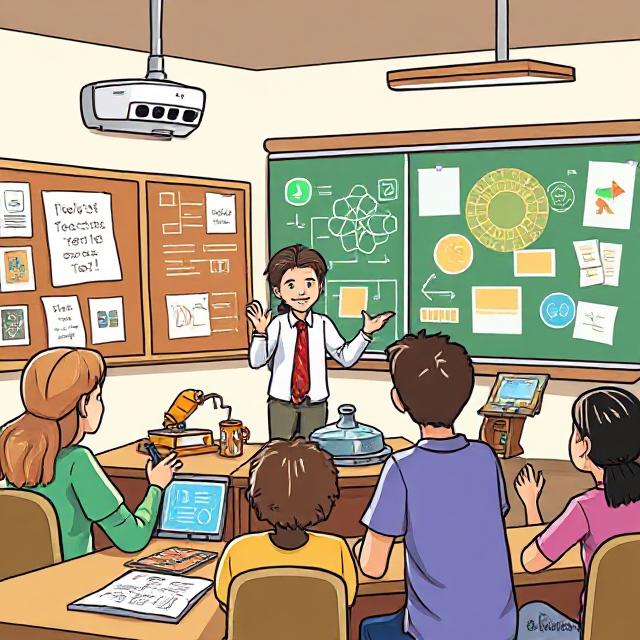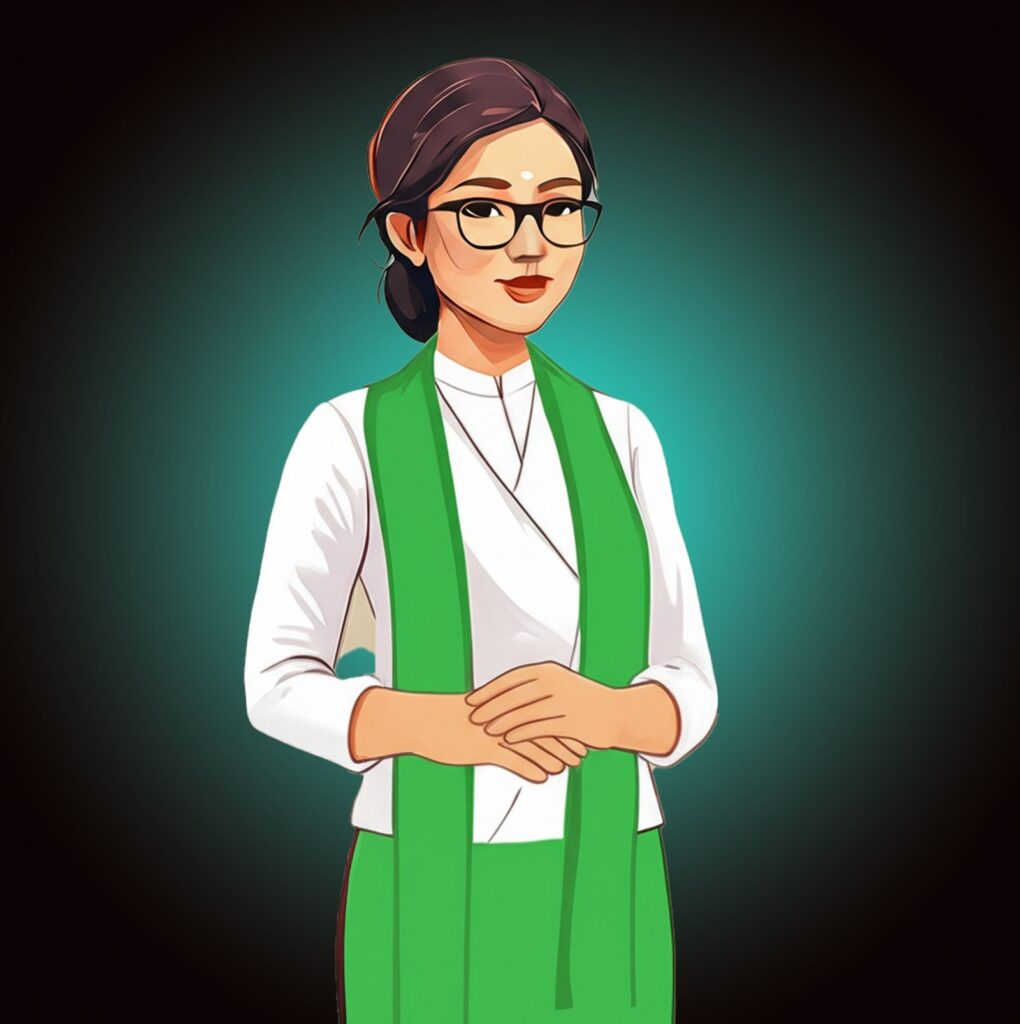Teaching of Myanmar Language Prose, Poetry and Drama to High School Students
Posted_Date
Image

Body
Of the world’s languages, the Myanmar language is included in the global linguistic field as a great language, as far as I can see. Most people say that the English language is easy to learn but hard to master. On the contrary, the Myanmar language will be difficult to study as well as to have a good command, particularly if the learner is not a native speaker. In the Myanmar curriculum for high schools of our nation, the subject of the Myanmar language is categorized into three sessions: Part I, Speaking Lessons, Part II, Reading-Reciting Lessons, and Part III, Writing Lessons. All of these lessons in Myanmar are worth studying, every teacher and learner knows. In the second part of reading-reciting lessons, prose, poetry and drama, the three subjects of literature, can all be seen. Here, prose, poetry and drama teaching of the Myanmar language to high school students will be presented, depending upon my personal teaching experience.
Among the subjects of literature, prose is the most straightforward writing, that is, it is easy to understand and also free to write. Hence, almost all language teachers start to teach prose instead of poems and dramas. In my young student life, I did not get why my Myanmar teachers began to teach prose before poems, but later, I have known that poems and dramas finally come out of prose thoughts, which means that a poem or drama cannot be well composed by anyone if he or she is unable to think about or write good prose only. Even though prose is the life of language and literature, prose teaching seems somewhat boring to little students, especially when language teachers are incompetent to handle prose. While teaching prose, language teachers should let their students either read aloud or read in silence that prose word for word, all by themselves, rather than the teachers reading out loud. After that, prose teachers ought to discuss choice words, phrasal usages, sentence constructions, unity of paragraphs, passage organization, contextual coherence and writing flow to match in order step by step together with their students. Since prose is usually a sort of subject matter which are so readily understandable for students that it does not need explaining any more, language teachers have nothing to do with prose teaching except for making their students know some glossaries and difficult concepts in the passage.
Unlike prose, a poem looks like a naturally beautiful girl, most liked by boys, called readers. As I am aware, most students are interested in both poems and in poetry teaching. In general, poems can be recited in a normal tone as well as sometimes sung almost like a song. What is more, many poems are so short to the point that students can learn them by heart. Of course, poems in rhyme and rhythm are always sweet and pleasant to hearers’ or listeners’ ears. There might be some students who do not like prose at all, whereas a few students dislike poetry reading. Many students like to read poems for the simple reason that nursery rhymes always make child readers amused and folk tales often attract poem-lover students’ attention with archaisms, dialect words or expressions and traditional routines, for example. In the main, it is really enjoyable to recite or sing a poem, whether it is a classic poem or a modern poem. A poem is like a beautifully alternated ring of star-flowers, while a poetry teacher is probably similar to a person re-alternating these flowers. There is still a point that should be noticed, especially by poetry teachers. Today is not the age of poems in rhyme and over-writing, except for free verse. Thus, language teachers need to give a simple explanation to students of the rhyming schemes or patterns of a poem, together with poetic licence to embroider a good poem.
In the history of Myanmar literature, there have appeared several golden ages of literature, namely, the golden ages of poems, dramas and short stories one after another. Although the mass production of dramas could be seen in Myanmar literature, there were probably no dramas of top quality, I believe.
Any Myanmar drama to the core could not be given a literary award throughout the history of Myanmar literature, apart from the translation of `King Lear´ by Saya Min Thu Wun. Despite this, there were many dramas of the highest quality in Myanmar literature, for instance, `Yethepyazet´ by U Ponya and `Mahasanchinthu´ by Saya Zaw Gyi, whose words mean `a water peddler´ and `an aristocratlike person´ respectively. In truth, a drama is generally literature in verse, in other words, a combination of prose and poetry writings. When teaching drama, not only language teachers but also their learners must be careful of background situations such as history, time and place, characters’ manners, characterization, and the accomplishment of drama objectives. Most of all, it is absolutely good to speak out the rhyming words of characters in a good voice; therefore, the role-play method is used as the most suitable teaching pedagogy in drama study. By doing so, students will be able to memorize drama learning material by rote more than the conventional lecture-discussion method.
It would be no easy task if native teachers taught students their language to students speaking the same language, attracting their attention. Strange to say, some students get bored easily with prose, poems and dramas in textbooks just as they see them. I think that is not the problem of subject matter, but the professional incompetence of teaching methods. A language teacher must be a researcher on the language, as always. He should have studied as many archaisms as needed in his language. Also, their teaching techniques ought to be upgraded and updated in accordance with educational aims, mainstream education, language needs, their own styles, and students’ likes. Words of humour and interest tend to play an essential role in language teaching. Only because literature is created in language does a linguistic teacher need to have had mastery of the language, phonetics and semantics in particular.
GNLM






